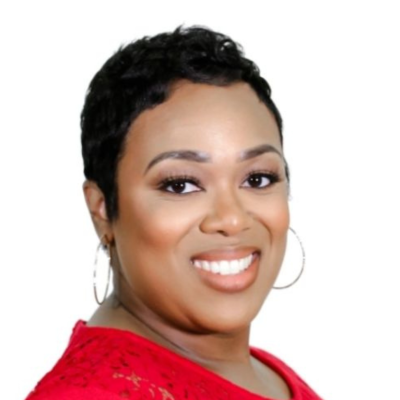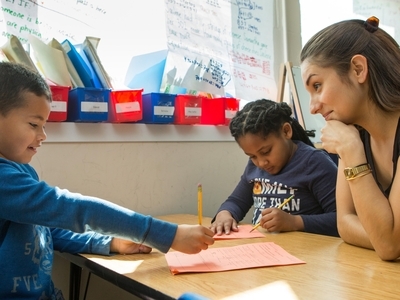Sustainable Change Requires a Shift in Leadership Mindset
Topics
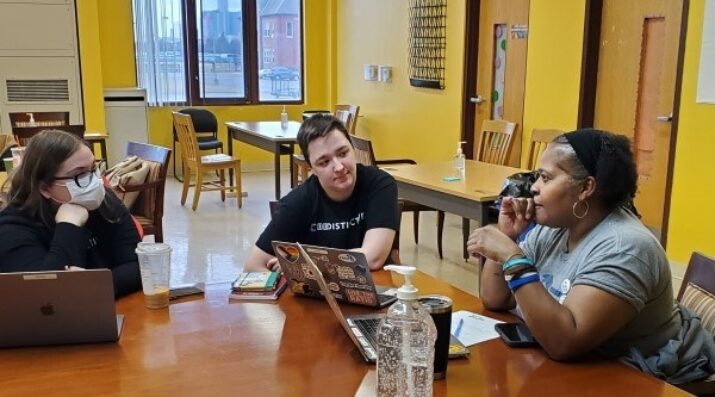
Next generation learning is all about everyone in the system—from students through teachers to policymakers—taking charge of their own learning, development, and work. That doesn’t happen by forcing change through mandates and compliance. It happens by creating the environment and the equity of opportunity for everyone in the system to do their best possible work.
School leaders and educators can find success and sustainability in the face of ongoing change with three frames: organizational analysis, ally identification, and holistic leadership.
Over the past few pre-and-post-pandemic years, education has seen a tremendous amount of change. These changes have required school leaders to navigate the challenges of finding success and sustainability, while also trying to maintain a balance between their personal and professional lives. As an educational leadership coach, I have experienced many coaching conversations on how to assist leaders in meeting the ongoing challenge of change. I invite you to consider the following frames of perspective—organizational analysis, ally identification, and holistic leadership—that can be used to assist leaders and educators to find success and sustainability in the face of these changes.
Change is inevitable in education and post-pandemic educators have found themselves in situations where they are expected to adapt to the constant changes occurring within their organizations, while school districts and networks are challenged to quickly adjust their practices to meet the diverse needs of all stakeholders. Tasked with addressing the blaring educational concerns of the great resignation, the increasing use of advanced technology, and the academic gaps among various groups of students, school districts across the country have made many shifts, very quickly, to meet the needs of their communities. These shifts, although necessary, can abruptly impact the culture of the district leaving school leaders uncertain and uneasy about their performance and asking themselves, “How can I personally sustain change?”
Organizational Analysis
The first frame of perspective, organizational analysis, helps leaders to answer the following question: “How might these changes benefit the organization?”
Organizational analysis enables school leaders to understand the greater perspective of the organization and helps educators clearly determine the reasons the changes are occurring. School leaders should analyze the restructuring or organizational shifting and make note of new models, state mandates, changes to employee onboarding, and new initiatives that have been introduced by their district. This mindset shift depersonalizes the changes that are happening and directly looks at the impact on the organization. Organizational analysis gives school leaders the opportunity to see the “bigger picture,” internalize new strategies, understand the levels of accountability, and embrace the changes. The goal of this frame is to help the leader view change from an empathetic lens to see the district’s desire to address the needs of the community and then share this message with their school's stakeholders.
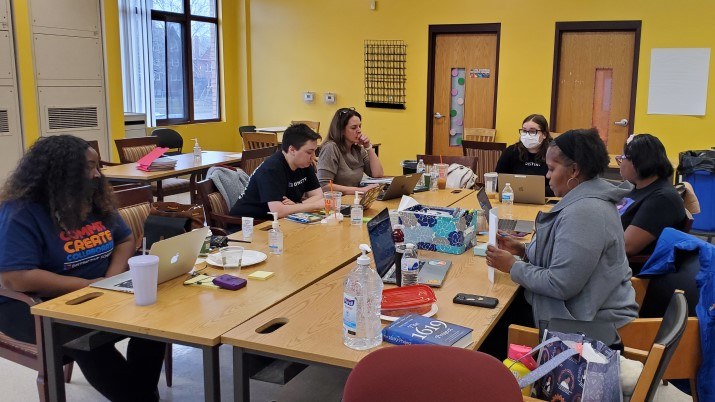
Ally Identification
The second frame of perspective, ally identification, helps to answer the following question: “Who can assist me with these changes?”
Ally identification allows school leaders to consider the key contacts in the new structures, determine who they would need to interact with to be successful, and reflect on the collaboration required to manage the changes. For example, if there is a new technology shift occurring across the district, school leaders might consider who in the technology department can help them understand the logistics of the new initiative. School leaders may also consider pairing with another leader who has previously undergone the technology changes in their school. Or they may encourage a group of trailblazers in their school to pilot and provide feedback about an initiative before an official launch, to share insight and support during the process. Ally identification gives leaders the opportunity to build their internal community as the changes occur. The goal of this frame is to help the leader view change with a collaborative lens and see that they have a support system to manage the changes.
In asking school leaders about the benefits of piloting an initiative, Chrysantha Norwood, an assistant principal at Distinctive College Prep – Harper Woods, believes, “It allows for the opportunity to consider logistics of implementation, including any process, procedures, or resources we may need to address. It provides a controlled experience with the program to consider what works well within our school community, determine if additional training is needed, and if it is yielding the outcomes we hope to see.” Ms. Norwood also shared that knowledge gained through a pilot allows individuals in the community to share their expertise and what they are learning with each other—ultimately increasing teacher buy-in if a full rollout of the program does take place.
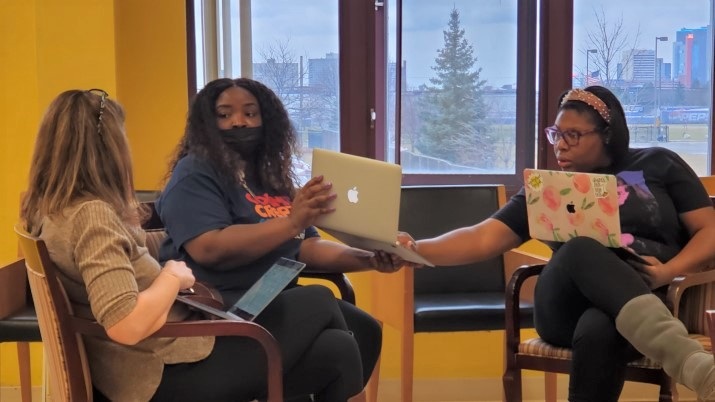
Holistic Leadership
The third frame of perspective, holistic leadership, helps to answer the following question: “How do I maintain balance through these changes?”
Holistic leadership grants school leaders the opportunity to take care of themselves emotionally and mentally while adjusting to organizational shifts. School leaders should consider their personal needs when handling changes and begin implementing daily strategies to address those needs. The goal of this frame is to give educators the opportunity to go beyond their professional development and reflect on their emotional well-being and mental status. School leaders should review the habits that are embedded in their daily, weekly, and monthly practices to help them sustain themselves as a whole person. Holistic leadership gives school leaders the ability to go beyond the concept of work-life balance and begin thinking about their personal approaches to wellness. Educators in Distinctive schools are implementing some of the following activities in their routines as a way to begin addressing their holistic leadership:
- Eating well; paying close attention to breakfast
- Journaling
- Getting as close to eight hours of sleep as possible
- Utilizing a stress reliever, stress ball, scents, or daily meditations
- Exercising; physical and deep breathing activities
- Interacting with an animal
- Enjoying a normal self-care routine, a massage, or facial
- Spending time in nature, gardening, or reading a book under a tree
- Listening to music
- Receiving therapy or participating in a support group
- Taking small breaks
- Making social connections outside of work
An example of holistic leadership is providing time to intentionally apply and allow reflection on self-care. In a survey given to school instructional coaches, coaches were asked to share strategies they have found to be successful for self-care and management. Ciara Daniels, instructional coach for Distinctive College Prep – Harper Woods, shared that she has found that “setting boundaries for my personal time, such as not responding to emails or texts after a certain time, as well as waking up earlier to give myself time to slow down” is an effective approach. Daniels also suggested that as an organization, sharing the calendar early enough for staff to plan ahead, incorporating mental health days for students and staff, and not stipulating PTO (personal time off) days as sick vs. vacation days has provided better work-life balance.
Although change is inevitable, these three shifts in perspective can assist school leaders who are navigating the changes in their organizations. Organizational analysis and ally identification can be useful in shifting mindset and allowing a collaborative approach of learning, while prioritizing self-care both professionally and personally can provide school leaders with the habits required to individually sustain their well-being. When school leaders prepare themselves to implement and follow through with each of these frames, they will be better able to navigate the changes in their organizations.
All images courtesy of the author.

